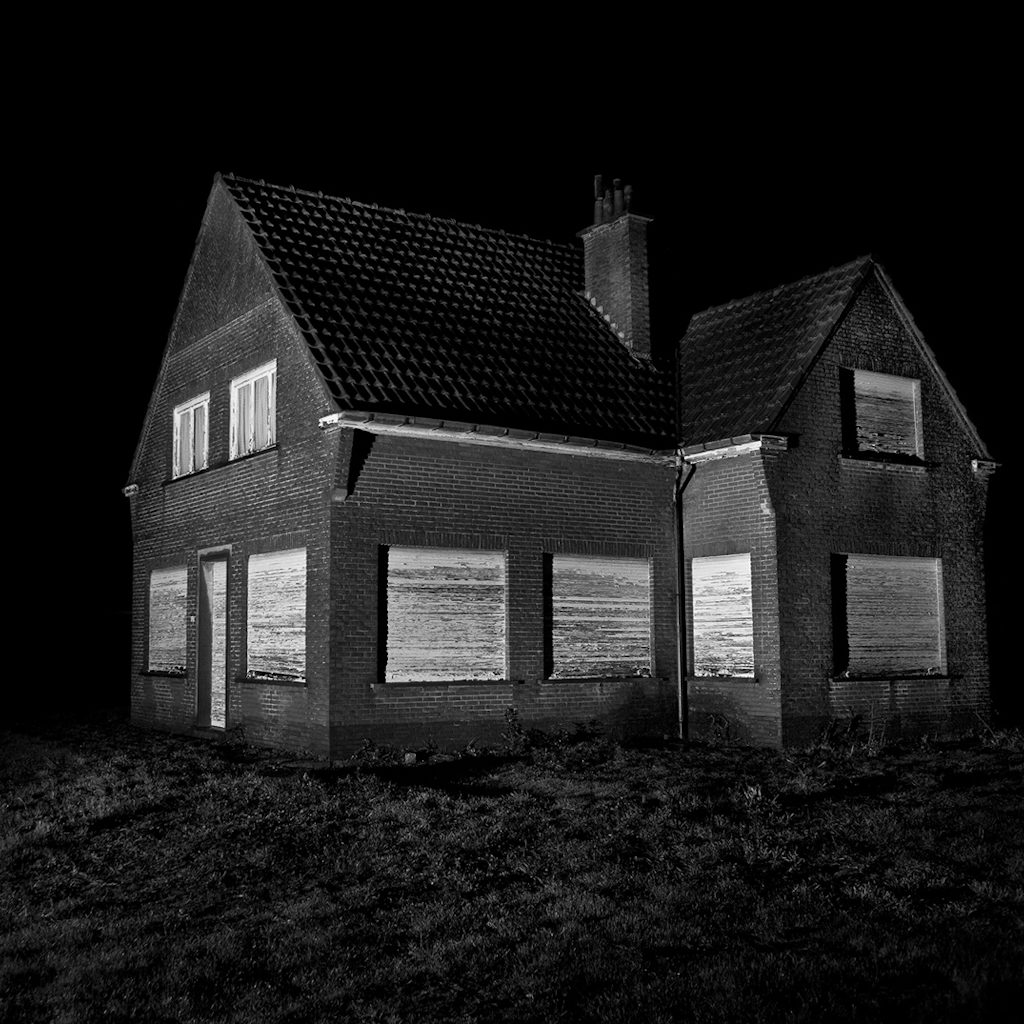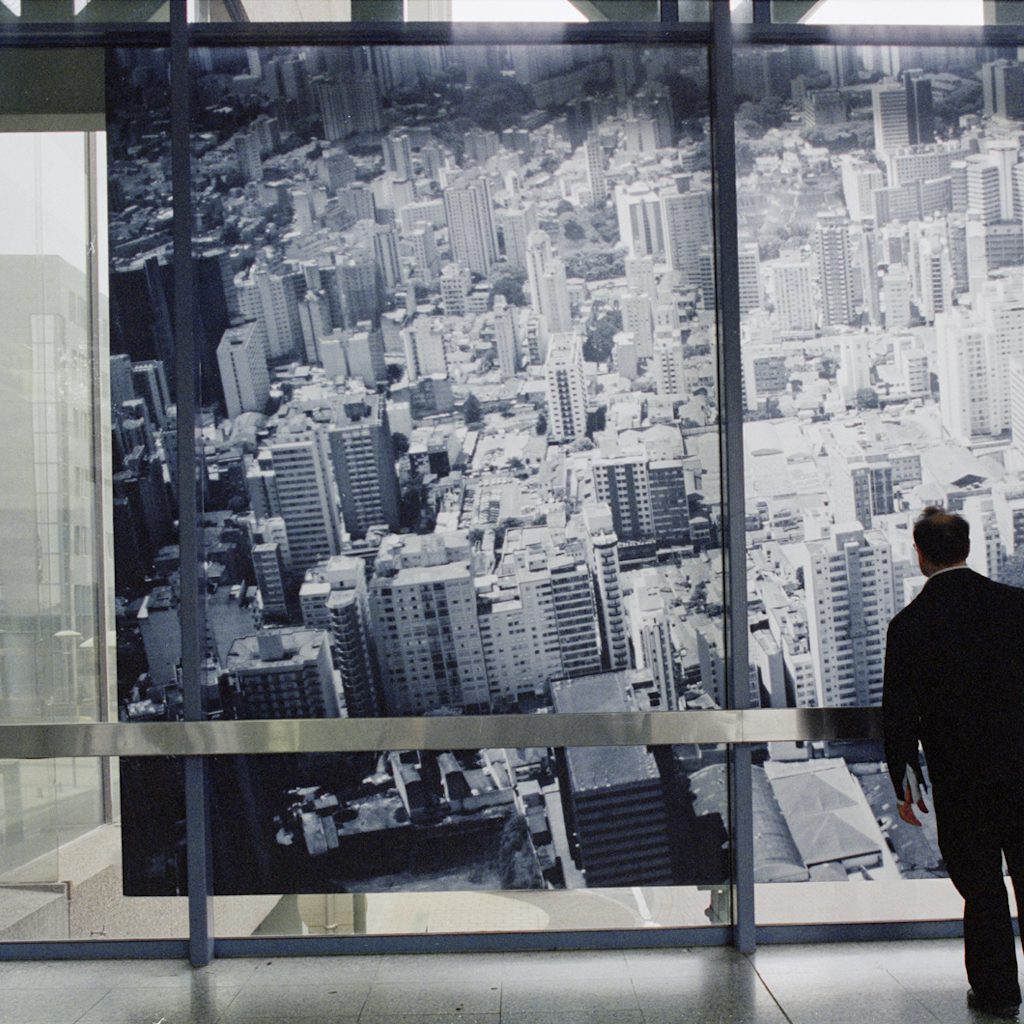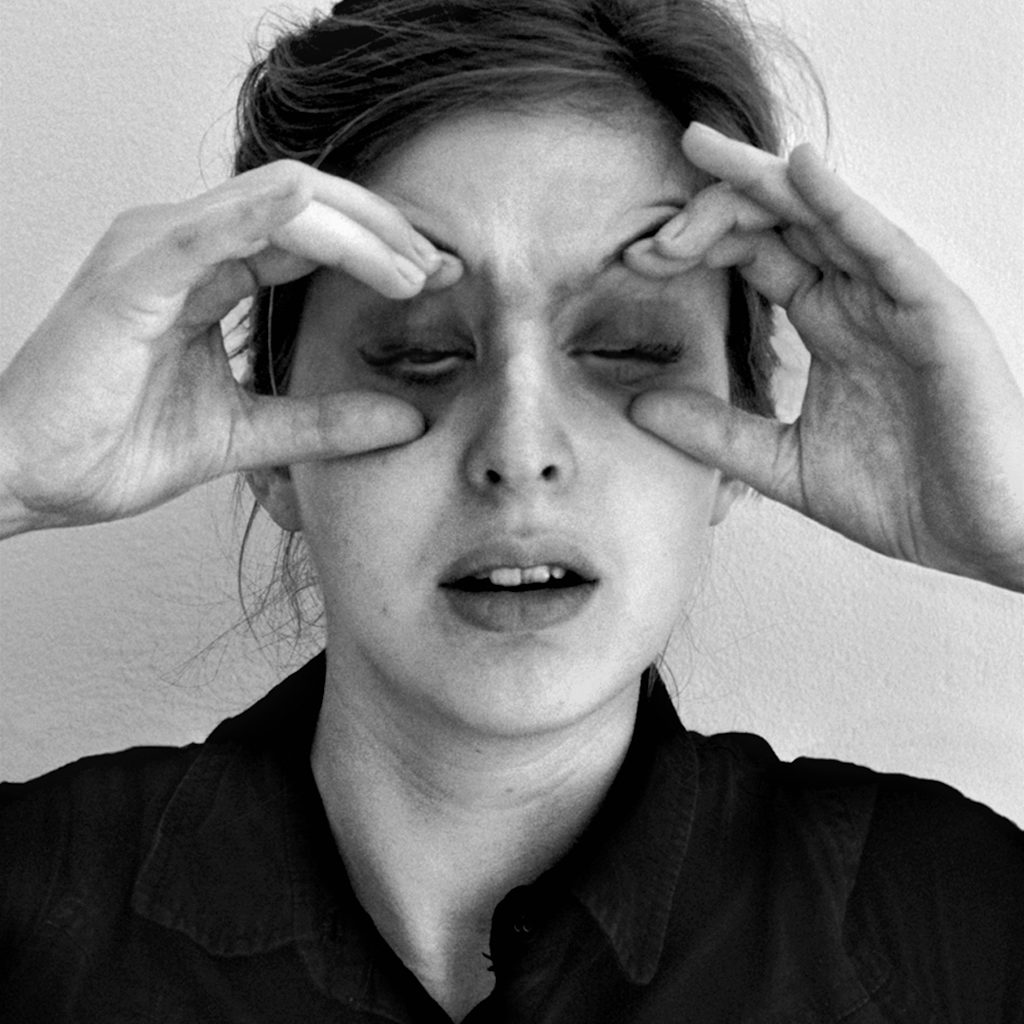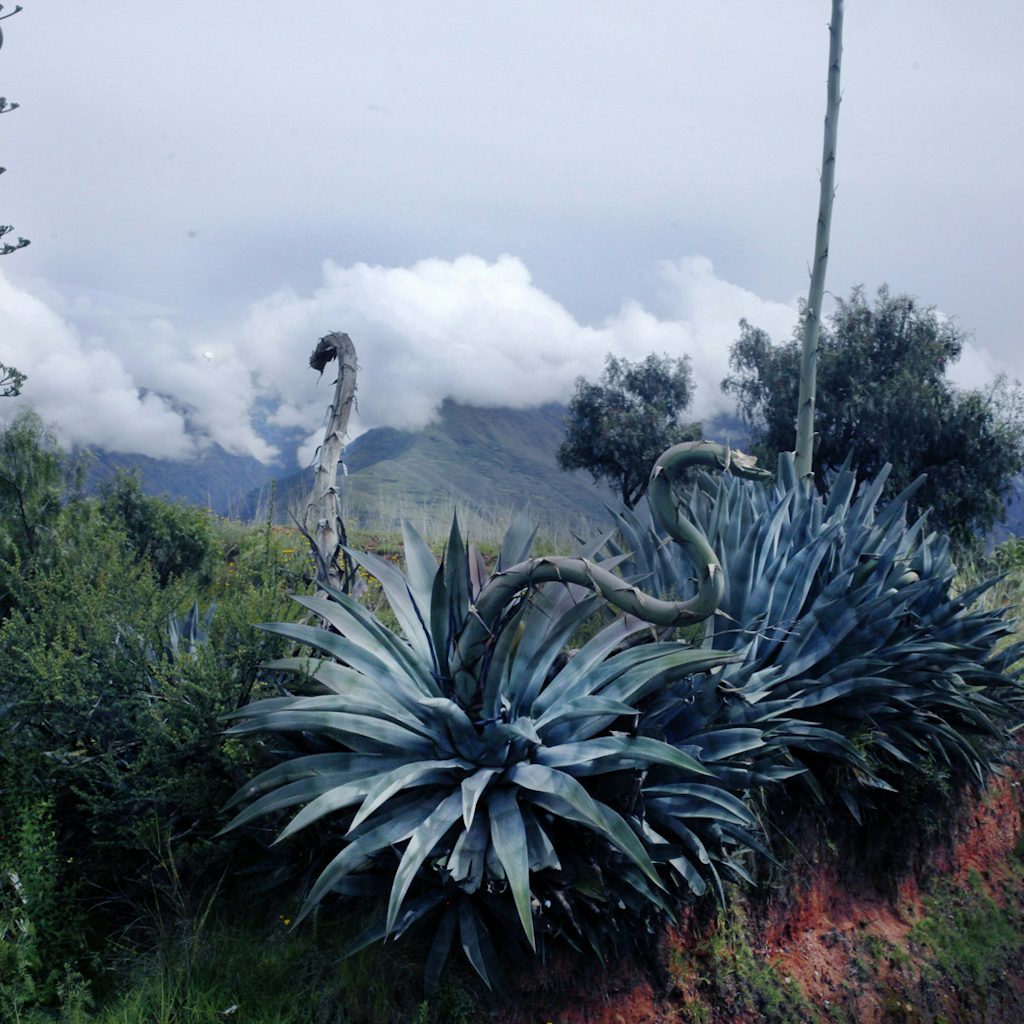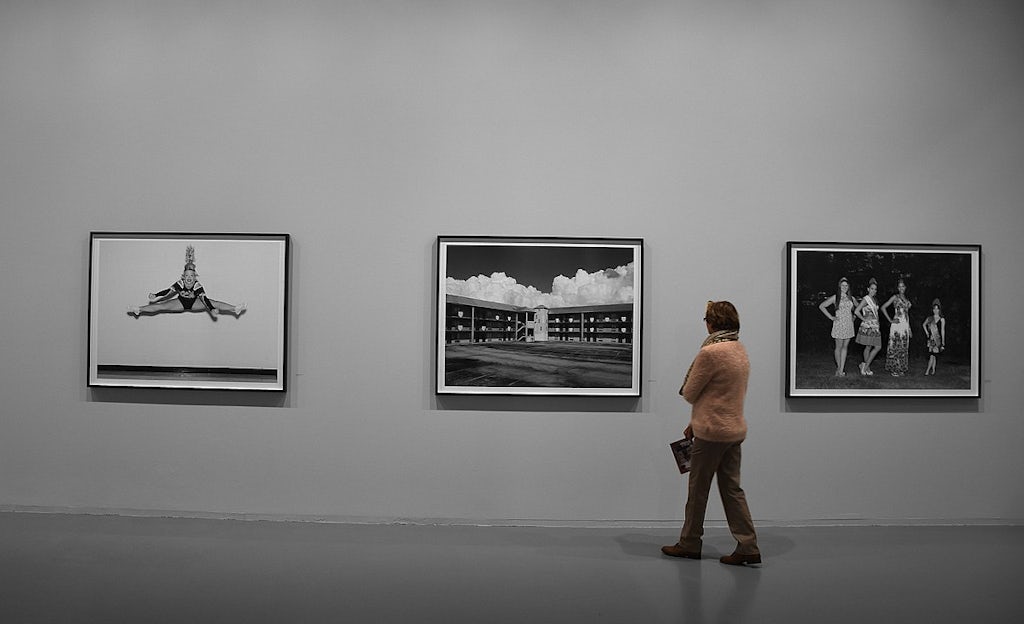Let me be your guide: Turning Photography
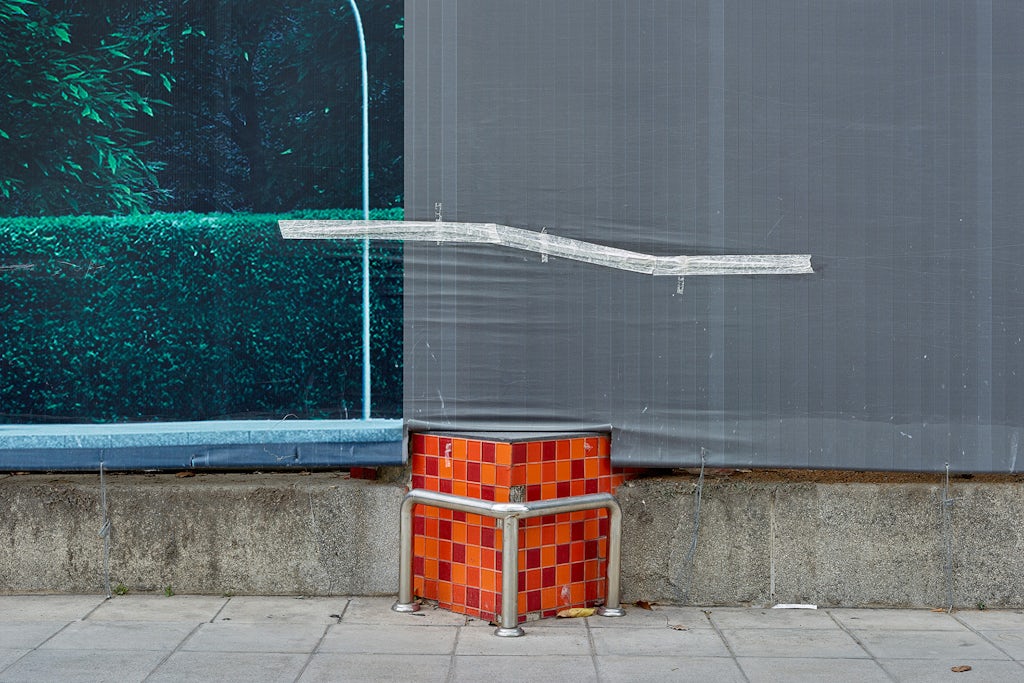
Bert Danckaert - Horizon - Bangkok 2015
Exploring the edges of Belgian contemporary photography through a curated selection of essays and artists’ portraits
Turning Photography is a visual guide of contemporary Belgian photography, developed in the context of the Belgian pavilion at the 2017 Venice Biennale
In 2017, Dirk Braeckman’s selection for the Belgian Pavilion at the 57th Venice Biennale prompted to turn the spotlight on some of the most audacious artists working in the medium of photography in Belgium. Their self-reflexive attitude has led to new and daring attempts to redefine the possibilities of the photographic system. Turning Photography unfolds a curated selection of artists’ portraits and essays by prominent critics.
Next to a broad selection of older, more established artists and photographers, Turning Photography focuses on a generation of up-and-coming young photographers and visual artists. Their work has been chosen because of its candour and lack of reverence towards more conventional photographic practices.
Turning Photography features a series of specially commissioned essays and interviews as well as a selection of portraits of artists whose work leads to an experimental exploration and critical re-evaluation of the role of the photographer in the broader field of contemporary visual art and culture.
Although photography takes on many guises in the work of both the up-and-coming and the more established photographers and artists, these practitioners have at least one thing in common: a fascination for the specific regime of visibility that has been introduced by photography. At the same time, photographers in Belgium have to engage with the same challenges that trouble photographers worldwide. Since the whole photographic system, from production and distribution to reception, has become unstable, contemporary photographers are forced into a brooding self-reflexive mood, constantly questioning the medium, asking themselves what might become of it. This has led to new and daring attempts to redefine the possibilities of the photographic system. Some artists find an answer in the digital realm; others look for renewal by reviving old analogue skills; still others attempt a radical deconstruction of the photographic process or work with the materiality and three-dimensionality of the photographic image.
Turning Photography offers an insight into the different positions of artists that exemplify today’s tendency to take the medium to the edge.
Partners: Flanders Arts Institute, Fédération Wallonie-Bruxelles, BOZAR, FOMU, M Leuven
All partners would like to thank Contretype, Galerie Albert Baronian, Galerie Imane Farès, Galerie Meyer Kainer, Galerie Nadja Vilenne, Island, (SIC), Stieglitz19 and Katrien Reist for their help in collecting the information on the artists.
Coordination by Flanders Arts Institute: Katrien Kiekens, Lissa Kinnaer, An Seurinck, Martha Verleyen
Selection committee: Xavier Canonne/Le Musée de la Photographie in Charleroi, Dirk De Wit, Ivo Ghizzardi, Geert Goiris, Inge Henneman, Steven Humblet, Christine Jamart, Anne Judong, Lissa Kinnaer, Anne-Françoise Lesuisse, Joachim Naudts, Christelle Rousseau/Le Musée de la Photographie in Charleroi, Valerie Verhack, Martha Verleyen,
Authors: Steven Humblet, Danielle Leenaerts, Anne-Françoise Lesuisse, Arjen Mulder, Joachim Naudts
Translation: Patrick Lennon



